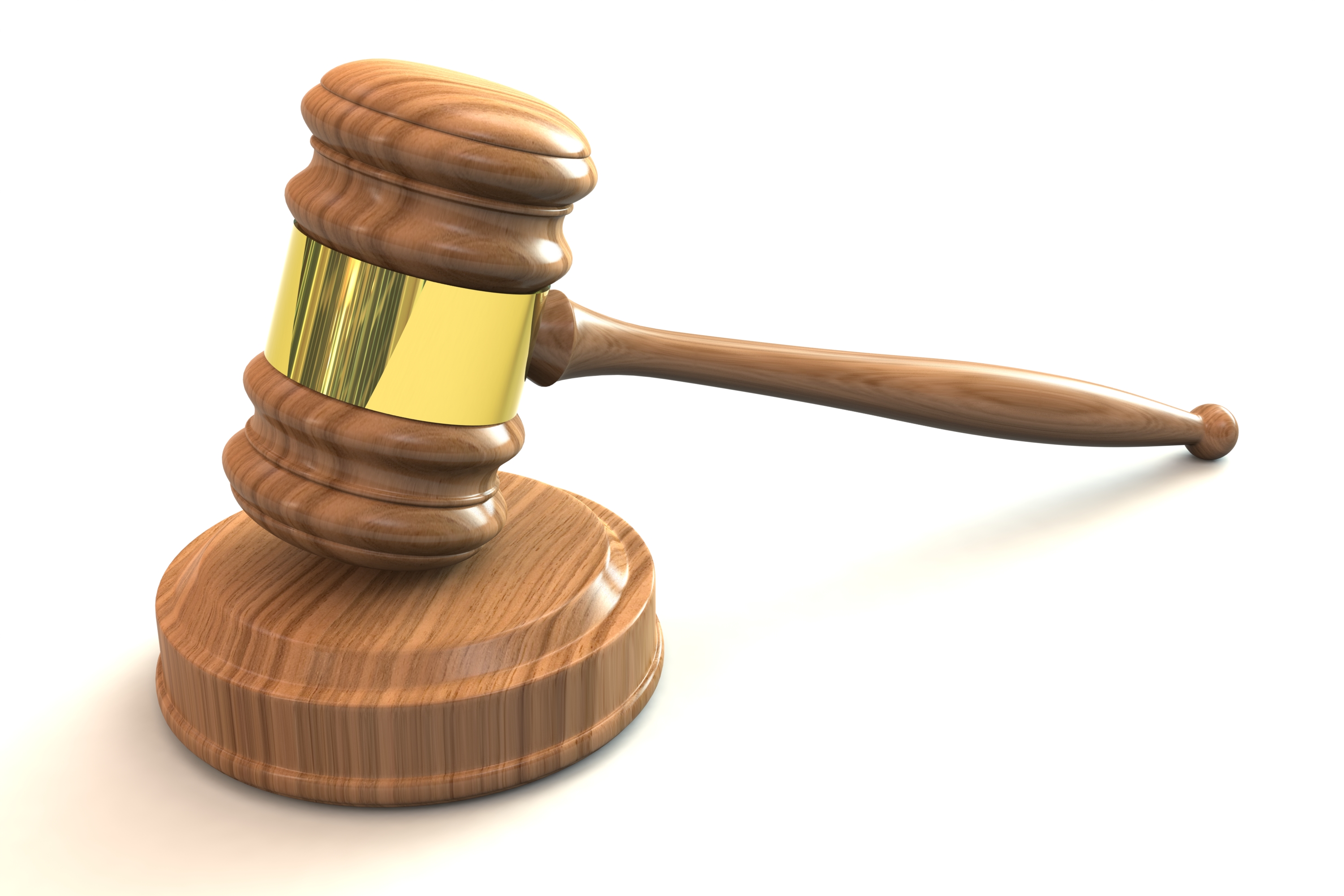- Posted May 21, 2014, 9 a.m. - 11 years, 2 months ago
Anniversary of One of the First Software Patent Filings
We have mentioned before the issues and difficulties surrounding the granting of software patents, but on this day, 21st May in 1962, one of the first ever software patents was awarded for “A Computer Arranged For The Automatic Solution of Linear Programming Problems”. Remarkably it was the British Petroleum Company Limited who applied for the patent, filing reference number 19463/62 and the Patent itself was granted under GB 1039141 on August 17th 1966.
When you begin to study the application itself, the complexities associated with attempting to patent software become apparent. The application notes that the invention “relates to linear programming means for controlling the operation and data processing apparatus”. Linear programming is used as a mathematical method to manage simultaneous variables and maximise or minimise their linear function, enabling best outcomes to be calculated.
The application refers to the simplex algorithm method used to solve linear programming problems, which was famously developed by mathematical scientist George Bernard Dantzig in 1947, and is included in the top 10 algorithms of the 20th century.
The patent describes using a series of matrix consisting of columns and rows which represents sets of elements to solve the problems. These are scanned and read to create a pivot column featuring the pivot row and point of the identified elements which satisfy a predetermined condition. This then generates a second column in the process, and as the program progresses the same tasks are carried out on the second column. The process of iteration continues until the solution matrix is generated, a matrix which features no pivot columns and displays the component variables and values, with the computer and its software having then completed the task.
The patent specification also detailed the method by which the computer which featured quick-access storage, slow-access storage and an arithmetic unit would be controlled and operate using an iterative algorithm and features that would facilitate data transfer.
Image Credit: http://bit.ly/RZLxEp
Latest Articles
-
Our latest testimonial for Infix 6
Dec. 19, 2016, 2:40 p.m. -
Most commonly translated Turkish words
Feb. 6, 2015, 9 a.m. -
Merry Christmas & A Happy New Year
Dec. 25, 2016, 8 a.m. -
New Save PDF to SVG feature introduced to Spire.Office
Dec. 23, 2016, 11:54 a.m. -
Editing educational PDFs – a user perspective
July 21, 2014, 8:03 a.m.


